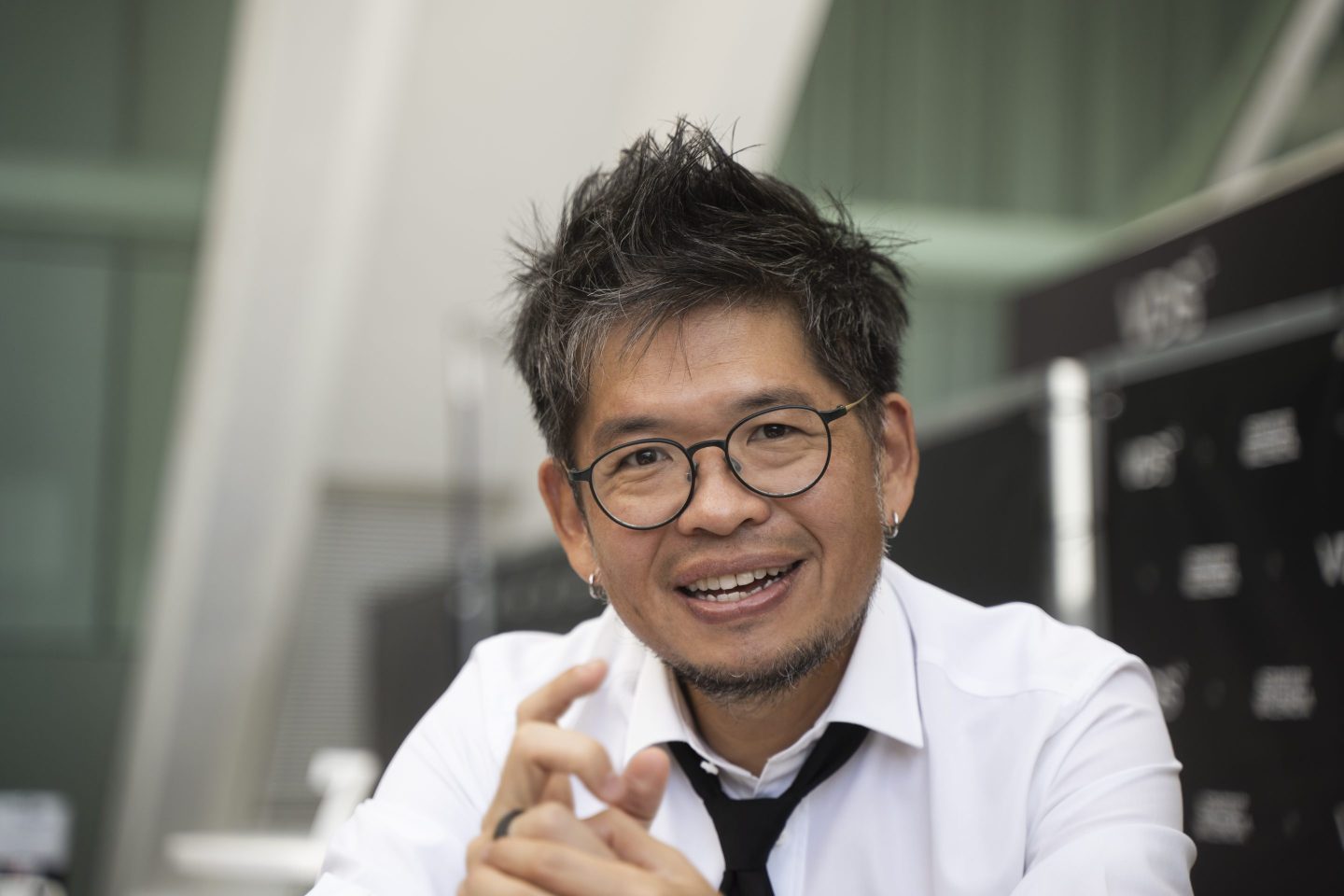On Sunday the “me too” movement, intended to expose sexual harassment and assault, was reignited on social media after a tweet from actress Alyssa Milano. It quickly spread.
If you’ve been sexually harassed or assaulted write ‘me too’ as a reply to this tweet. pic.twitter.com/k2oeCiUf9n
— Alyssa Milano (@Alyssa_Milano) October 15, 2017
A new graphic from the analytics company Talkwalker, which analyzes social media platforms, shows how the movement spread across the globe—revealing both the scope of harassment and/or sexual assault and the incredible reach of social media platforms in 2017.
FYI here's how #MeToo has spread across the world. You can track the hashtag for free here https://t.co/n2LjeLbJ46 pic.twitter.com/HdXa2ZzAK1
— Talkwalker (@Talkwalker) October 17, 2017
Milano wrote that a friend suggested writing “me too” on social media “to give people a sense of the magnitude of the problem” of sexual harassment and assault. (The “me too” movement was initially started by the activist Tarana Burke, a sexual assault survivor, in the mid-2000s, according to the Los Angeles Times.)
Milano’s tweet was published amidst Hollywood’s reckoning with allegations of sexual harassment and abuse in the industry. Accusations leveled against the powerful producer Harvey Weinstein—who was recently ousted from his Weinstein Company—have poured out following bombshell reports from the New York Times and the New Yorker. The reports allege that Weinstein sexually harassed and assaulted women over a period of decades. Actresses including Rose McGowan, Angelina Jolie, Ashley Judd, and Gwyneth Paltrow have come forward.
The reports, along with the “me too” movement, unleashed a deluge of stories from women—in Hollywood and other industries—detailing their experiences of sexual harassment or assault.
The hashtag #MeToo was mentioned over 1 million times on Twitter alone, according to Talkwalker. The majority of those talking about #MeToo were female and based in the United States.











